Plastic foil or non-woven fabric: Scrutinizing strawberry growing process
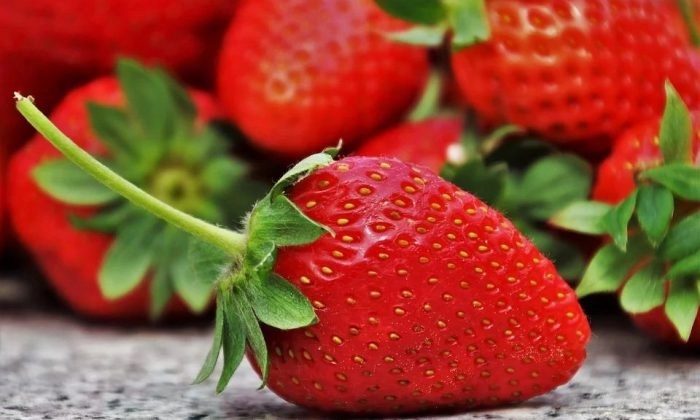
In the past, plastic foils were used almost everywhere in gardens. Black foil was a must for any gardener and leftovers were meticulously stored in cellars or garden sheds – and who did not have these foils was nobody. Well, something like that. Foils were widely used to plant strawberries but also for cucumbers and cruciferous vegetables, or they were used to protect trees and ornamental plants from the cold during the winter season.
Today, however, many are abandoning foils and replace them with nonwoven fabrics. Is it a step in the right direction or are modern gardeners simply too spoiled?
Plastic or non-woven fabric? The winner is rather obvious
Yes, black plastic foil can heat up the soil and prevent weeds from growing but other properties of black foil are not so positive. The foil is impermeable, impervious to moisture and overheats quickly. Wild temperature variations may be more harmful to your crops then you may imagine, and after prolonged exposure to sunlight, plastic foils turn into a crumbly mess.
Nonwoven fabric eliminates all these issues. You can get them in two weights: white fabric tends to have lower weight per footage and black is heavier. While black foil is usually used on flowerbeds and veggie patches, white is often used as a protection from cold and against flying pets.
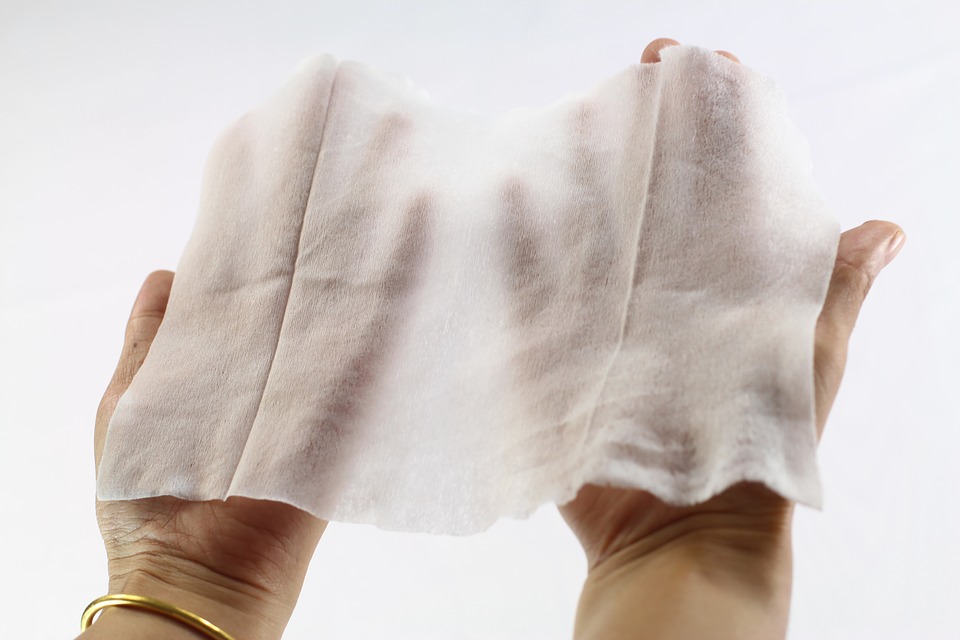
Black fabric can be used as a pre-planting bed. It raises the temperature of the soil’s surface, prevents weeds from growing and keeps fruits or berries clean from soil and from rotting. It is permeable, air and moisture can get easily through and it is therefore ideal even for application of liquid fertilizers (white non-woven fabric have similar positives)
Nonwoven textiles may be used several times
You can attach the foil to the ground very easily – just use special plastic pins. If you don’t know what to do with the foil when the season is over, here is a little advice. Rinse it under running water, dry it and store it in your cellar or garden shed for the next season. You can use it many times. If you don’t want to bother with all the cleaning and draying, simply leave it on the flowerbed – depending on what you have planted.
Strawberries: Photo Pixabay

Gardening is my hobby, I have a lot of experience and I am happy to share it.




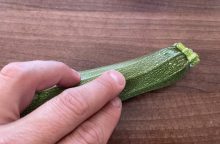
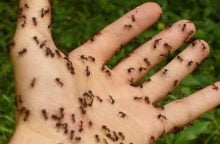

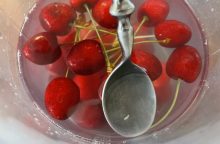
0 comments